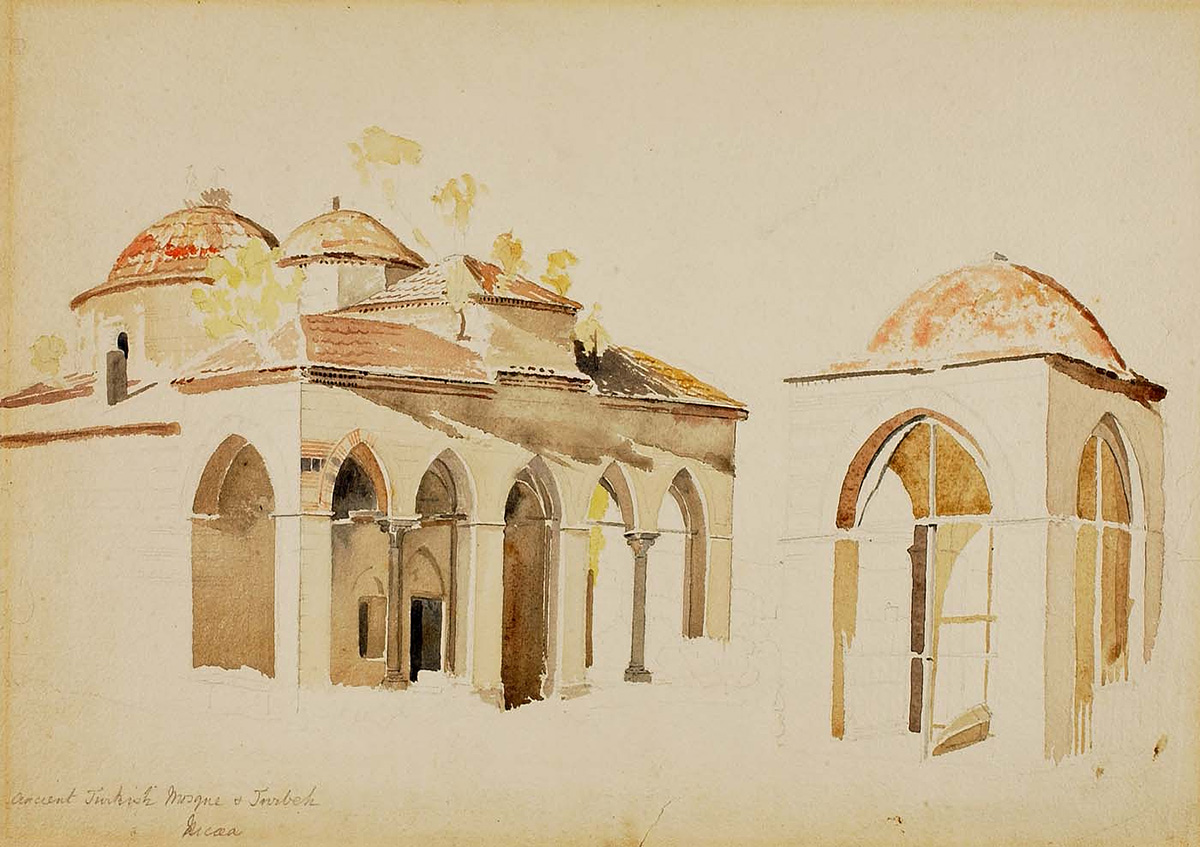Folklife Friday is a weekly digest of arts and culture articles, podcasts, and videos from across the web. Read on for a selection of the week’s best cultural heritage pieces, and don’t forget to check back next Friday for a new set of weekly picks.
The Only Librería in Town
When New York-based artist Pablo Helguera couldn’t find a bookstore in the city selling Spanish-language titles, he decided to start his own. Librería Donceles, now a traveling Spanish-language bookstore, holds regular “exhibitions” in neighboring art galleries. “What [Helguera] is doing really is fostering a culture that is simultaneously an acknowledgment of the communities built by travel, by immigration, and so on,” explains Alicia Borinsky, a professor of Latin American and comparative literature at Boston University.
The Folk Power of Jamaican Dance Hall Signs
Jamaican film director and producer Maxine Walters admits to climbing walls, light posts, and bridges to collect dance hall signs in Kingston. The signs, a reflection of Jamaican street culture, are the subject of a new book entitled Serious Things a Go Happen: Three Decades of Jamaican Dancehall Signs. In this review, Amanda Petrusich explores the far-reaching influences of dancehall music on global pop, among other genres. “If hip-hop’s visual language is graffiti, then dancehall’s visual language is the sign.”
It’s Harder than Ever to Teach Islamic Art — But Never More Important
For Kishwar Rizvi, a professor of Islamic art and architecture at Yale University, teaching students about the cultural history of Iraq and Syria can feel like “walking through a minefield.” The region’s ancient sites, some of which have been reduced to rubble, expose a history that extends beyond political rhetoric. “History remembers those who make objects of beauty,” Rizvi writes, “not those who destroy them.”
Indigenous Owners Hope Ancient Eel Traps Will Be Recognised as World Heritage
The Gunditjmara people of Budj Bim, a national heritage site in Victoria, are hoping that the Australian government will nominate a 6,000-year-old network of eel traps for World Heritage recognition. The eel traps, a series of canals and graded ponds, are among the earliest surviving aquaculture models in the world. “Clearly, the Gunditjmara rupture the idea that Australian Aboriginal hunter-gatherers simply lived off the natural available food in the environment,” said Ian McNiven, professor of Indigenous archaeology at Monash University.
A Portrait of a Chef as a Young Woman
This episode of The Perennial Plate, a weekly documentary web series, follows Katie Sanderson, a “nomadic cook” from Dublin who trained at Ballymaloe House and Bar Tartine before taking her skills on the road, preparing meals for the dancers and crew of Swan Lake. “I was so excited about the idea that possibly I could make a difference within their working week...and nurture their bellies.”
Special thanks to editor Elisa Hough and to Amalia Cordova, Halle Butvin, and Fred Knittel for their contributions to this week’s digest.
Photo courtesy of Smithsonian American Art Museum, Bequest of Martha F. Butler


